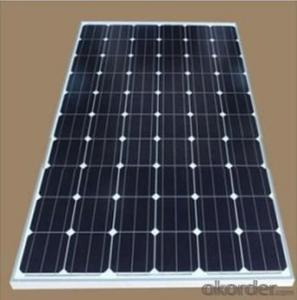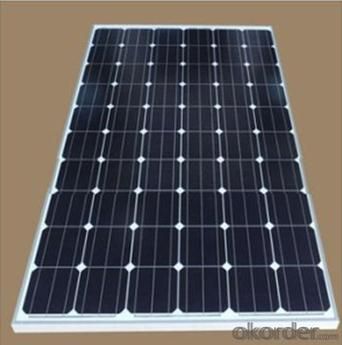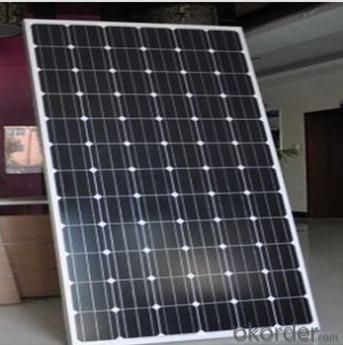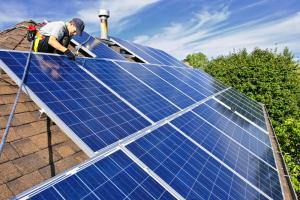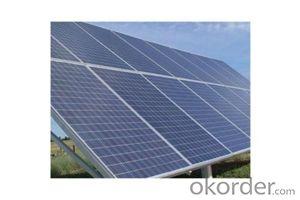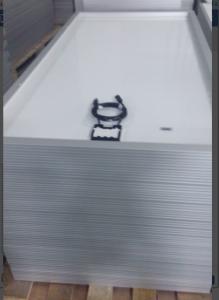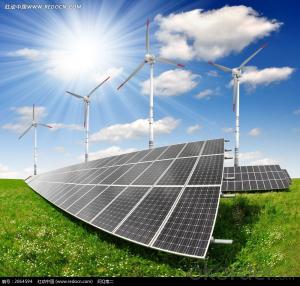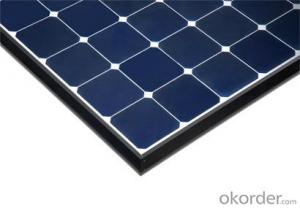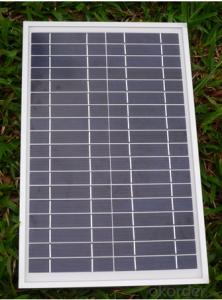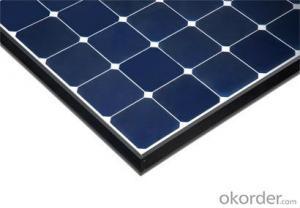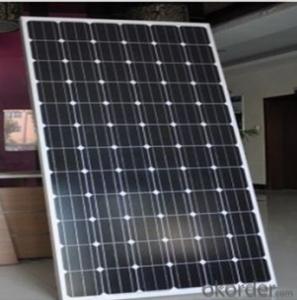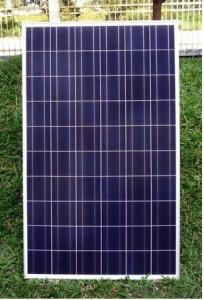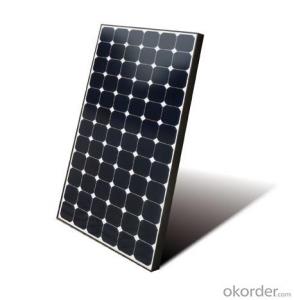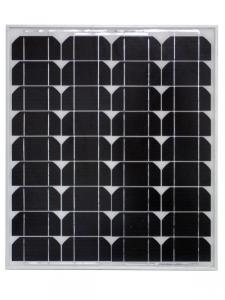Shop Solar Panels:Poly Solar Panel 280W B Grade - Cheapest Price
- Loading Port:
- Shanghai
- Payment Terms:
- TT OR LC
- Min Order Qty:
- 100 watt
- Supply Capability:
- 10000 watt/month
OKorder Service Pledge
OKorder Financial Service
You Might Also Like
Specification
Poly Solar Panel 280W B Grade with Cheapest Price
Product description
a form of photoelectric cell, defined as a device whose electrical characteristics, such as current, voltage, or resistance, vary when exposed to light. Solar cells are the building blocks of photovoltaic modules, otherwise known as solar panels.
he photovoltaic effect was experimentally demonstrated first by French physicist Edmond Becquerel. In 1839, at age 19, he built the world's first photovoltaic cell in his father's laboratory. Willoughby Smith first described the "Effect of Light on Selenium during the passage of an Electric Current" in a 20 February 1873 issue of Nature. In 1883 Charles Fritts built the first solid state photovoltaic cell by coating the semiconductor selenium with a thin layer of gold to form the junctions; the device was only around 1% efficient.Solar cells are described as being photovoltaic irrespective of whether the source is sunlight or an artificial light. They are used as a photodetector (for example infrared detectors), detecting light or other electromagnetic radiation near the visible range, or measuring light intensity.
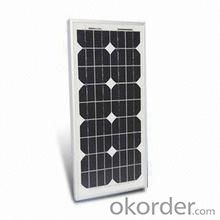
Application
Business
Home
Industry
Large project
Feature
1. A grade high efficiency solar cells.
2.TUV/UL/CE/CEC etc
3.Fast shippment
4.25 years warranty
5.OEM/ODM
Packaging
28pcs into one carton
Shipping
Material in stock can be produced (procedure 5-20days) right away after pre-payment confirmation. COSCO Mearsk MSCship to worldwide for safe shipping, don't worry about package damage or loss. It takes about 15-40 days to worldwide, Please note us your contact details include your phone number for easy contacting from shipping company officer.
- Q: The voltage and power problems of solar panels
- 3, charge 12V battery when the power is really small, if it is a normal controller, then the equivalent of 18V voltage in the charge, probably 18 x (240 / 30.2) = 143w solar panels.
- Q: Can solar panels be installed on a residential community or housing complex?
- Yes, solar panels can be installed on a residential community or housing complex. In fact, many residential communities and housing complexes worldwide are adopting solar power as a sustainable energy solution. Installing solar panels in these areas can help reduce electricity costs, decrease reliance on the grid, and contribute to a greener environment.
- Q: Exactly How much power will this kit produce? for example. Will it only be able to power the 2 light throughout an entire day or would it be able to power a couple TV's with a couple lights. Or a Refrigerator? washer dryer? I'm just wondering exactly what it will be able to do and if it's worth paying $200 for if it'll only power two lights. Don't get me wrong, That's great and will make a difference but i'm looking for something that will make a little bit of a bigger difference. Would the 80 watt monocrystalline solar panel be much better? if so, what would it be able to power? double?
- Why pay thousands of dollars for solar energy ($27,000 average cost) when you can build your own solar panel system for just a fraction of the retail cost. You can build a single solar panel or you can build an entire array of panels to power your whole house. Some people are saving 50% on their power bill, some people are reducing their bill to nothing. But what’s most impressive is that just by following these instructions some are even making the power company pay them!
- Q: Can solar panels be installed on swimming pools?
- Yes, solar panels can be installed on swimming pools. Solar panels can help to power pool pumps, heaters, and other equipment, reducing energy costs and making pools more energy-efficient.
- Q: i have this usb solar panel charger i am building and the solar panel is about 2by .5quot;, so i was wondering if a led light can power it, if so will one be good or would i need more? if so how many?
- An LED requires an electric current to power it. A solar panel can most definitely power an LED, but LEDs don't store any power themselves. And solar panels aren't designed to be powered, they are designed to generate electricity. Rethink your premise from the start. It is as if you were asking if the electric wires in your home or community would be powered by the light bulbs and appliances you use.
- Q: In some countries where electric generation is low, they are not available easily.
- Believe it or not, solar panels are so expensive in this country because of government subsides. Without market competition, companies have no obligation to compete with each other on price. If our government would stop paying people to buy solar panels and giving solar panel companies tax breaks, companies would be forced to lower their price and raise their quality in order to get you to buy their product. This would be true of oil/gas, corn, soy beans and a number of other companies and products as well.
- Q: Do solar panels require a battery?
- No, solar panels do not require a battery to function. However, batteries can be used to store excess energy generated by solar panels for use during cloudy periods or at night when there is no sunlight.
- Q: Can solar panels be installed on a gas station or convenience store?
- Yes, solar panels can be installed on a gas station or convenience store. In fact, many gas stations and convenience stores have successfully integrated solar panels into their infrastructure to generate renewable energy and reduce their reliance on traditional energy sources.
- Q: Can solar panels increase the value of my property?
- Yes, solar panels can increase the value of your property. Installing solar panels can make your property more attractive to potential buyers, as they offer a sustainable and cost-effective energy solution. Additionally, solar panels can help reduce energy bills and provide a steady source of income through excess energy generation, further enhancing the value of your property.
- Q: how to build a solar panel
- Search Yahoo Answers or the internet first, this question is common. It is possible to build a solar thermal panel, to heat either water or air. You can just search YouTube to see how people did it. Try searching solar water heater. If you build a photovoltaic (solar electric) panel on your own, it will only be good for demonstration purposes. The homemade type I've seen produces only microamps of current - not even enough to run an iPod. Be wary of sites advertise you can make your own panel for less than $200 (or some figure), and try to sell you the plans. This is the same information that is posed on other sites for free.
Send your message to us
Shop Solar Panels:Poly Solar Panel 280W B Grade - Cheapest Price
- Loading Port:
- Shanghai
- Payment Terms:
- TT OR LC
- Min Order Qty:
- 100 watt
- Supply Capability:
- 10000 watt/month
OKorder Service Pledge
OKorder Financial Service
Similar products
Hot products
Hot Searches
Related keywords
